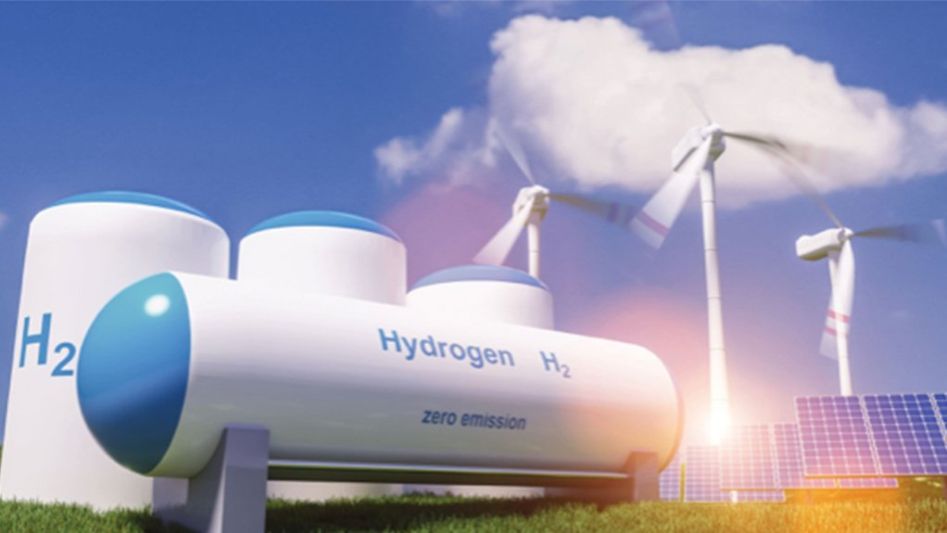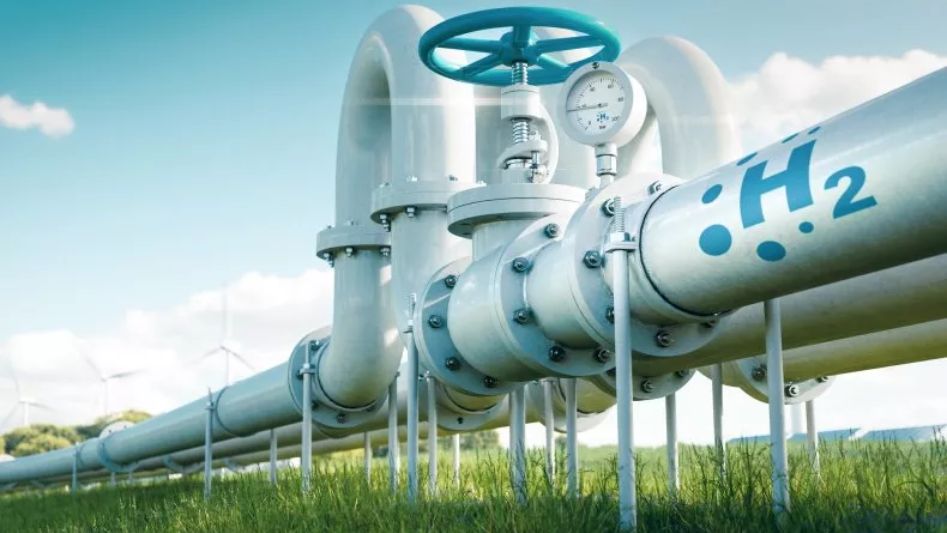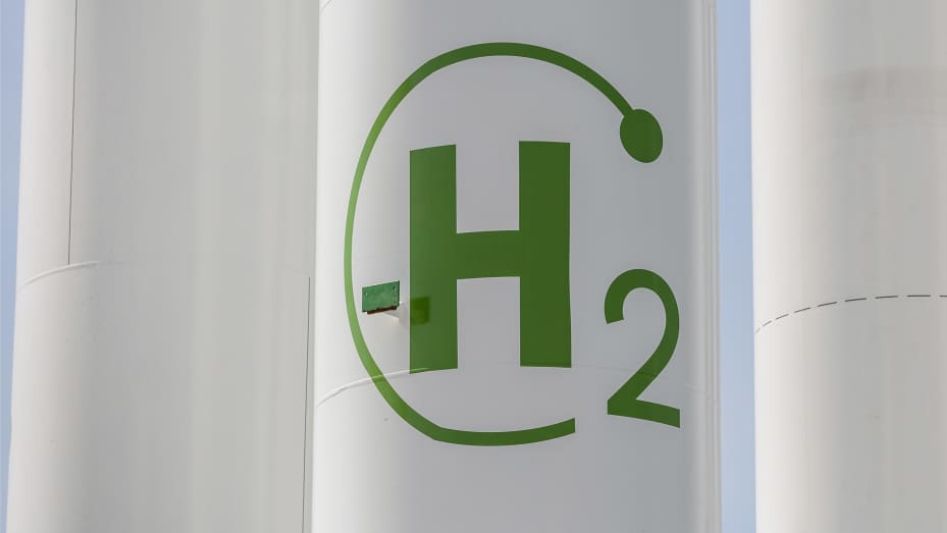Hydrogen is the only element that can be produced by a sustainable process and stored cost effectively. If hydrogen were used as a fuel, most of the world’s pollution could be eliminated.
Table Of Content
It should have been abundantly clear to governments, businesses, and society as a whole already, but the release of the most recent set of IPCC reports (and the even bleaker picture they paint compared to previous iterations) has made it abundantly clear that the dangers of climate change and the urgent need to decarbonize are real. Even though we are aware that electrification is the most effective method for decarbonization, green hydrogen, which refers to hydrogen that is created using renewable energy, will be vital for fulfilling the decarbonization goals in many industries that are difficult or impossible to electrify.

The most important thing to remember is that green hydrogen is the technology that is compatible with a future with zero net emissions, in contrast to alternative hydrogen approaches that make use of fossil fuels even if they only cause a small amount of pollution (e.g., grey, yellow, or blue hydrogen).
It is noteworthy that the position taken by Schneider is shared by the government of the United Kingdom, which just this month announced plans to double the production capacity of low-carbon hydrogen in the United Kingdom to 10 GW by the year 2030, with at least half of this total coming from green hydrogen. Our role as an impact company is closely aligned with the fact that this technology will comprise an important part of the government’s intentions to produce 95% of the UK’s electricity via low-carbon means by the year 2030 while simultaneously supporting 12,000 jobs in the UK. This is why we are devoting a significant amount of time and resources, including in UK manufacturing, to ensuring that our offer is optimised for the industry.
The potential for green hydrogen is enormous, despite the fact that it presently accounts for less than 4% of worldwide hydrogen production. Within the next decade, it is anticipated that the price of green hydrogen will reach parity with that of grey hydrogen. It is for this reason that there is going to be an investment of $350 billion in research and development over the same period of time. Because it provides a method to decarbonize a number of difficult-to-abate industries such as steel, cement, chemicals, metals, and long-haul travel, this burgeoning technology is being driven by the fact that it offers a way to do so. The demand for “green” steel is such that buyers are willing to pay a premium of 25% for it. Furthermore, green hydrogen is expected to play an increasingly important role in the energy grid as a clean fuel source that can be easily stored for long periods of time and used to offset the costs associated with energy curtailment, for which National Grid ESO paid a total of 282 million pounds in 2020.This is particularly pertinent given the rise in electricity generation from renewable sources, and it is partially for this reason that 20–35% of the UK’s final energy consumption in 2050 will be met by hydrogen-based fuels. This is particularly pertinent given the rise in electricity generation from renewable sources.
In spite of this, moving from small-scale viability demonstrations to large-scale industrial processing calls for a move away from issues that are purely scientific and technological and instead toward those that are logistical, economic, and, in some cases, political. A technology that is still very much in the infant stages of its commercialization faces additional challenges, such as the public’s perception of the risk associated with hydrogen and the difficulty of certifying that any hydrogen produced is done so through the use of environmentally friendly electricity. Because of this lack of information, it may be difficult for investors to move forward with confidence. As a result, the industry has to be able to provide investors with guarantees and indications that are based on comparable technology that already exists in the market. If this is not accomplished, the full transition to Net Zero could be jeopardised.

As a consequence of this, Schneider Electric has developed a portfolio that encompasses the entirety of the green hydrogen value chain (from renewable farms and grid connections to green hydrogen plants and supply chains), with the goal of providing our customers with a set of resources that reduce investment risks and costs, boost safety, and lessen the amount of time spent offline throughout the lifecycles of their projects. Our solution, which is based on our industry-leading expertise in energy management and industrial automation, makes use of connected hardware and software from the next generation, such as AVEVA and ETAP, to digitally integrate the management of a user’s power and processes into a single control system. Our complimentary end-to-end digital solutions enable simulation of both the power and process sides of the plant, which helps optimise the design for greater operational resilience, efficiency, and sustainability, as well as responsible profitability. Importantly, Schneider also provides services in the areas of consultation and digital transformation. These services can assist you in achieving your sustainability goals, increasing company efficiency, and providing advice on cybersecurity, among a wide variety of other services.
Stakeholders may have the assurance that their investments are backed by a well-known brand with a wealth of knowledge in ensuring that the entire value chain is optimised by forming a partnership with Schneider. Not only does the production of green hydrogen play an important part in assisting with the electrification process, but it also plays an important role in combating industries that are notoriously difficult to regulate. Those that act now and position themselves as specialists in an industry that is projected to be worth $2.5 trillion globally by 2050 will position themselves to reap the advantages, while those who do not will be left behind.
Conclusion
In addition to the high carbon dioxide emissions of many hydrogen application byproducts, over 90% of hydrogen production is derived from fossil fuels. Hydrogen presents both opportunities and limitations as a renewable resource, so this could change in the future. Currently, it is used mostly as a fuel, but there is growing interest in using hydrogen to decarbonize the economy and power both the manufacturing and consumption stages. Hydrogen can only be obtained by isolating it from other substances.
FAQs
Is green hydrogen completely pollution-free?
Hydrogen produced from renewable energy sources, sometimes known as “green hydrogen,” does not contribute to global warming because it does not use fossil fuels.

So, what exactly are the issues with environmentally friendly hydrogen?
Some problems, however, arise when hydrogen needs to be stored. The low specific gravity of compressed hydrogen makes its storage a costly endeavour. When storing hydrogen in a solid state, certain temperatures and pressures are required. Issues with the design, the law, society, and the price tag.
What is the potential role of carbon-free green hydrogen in the future?
Hydrogen has the ability to free us from fossil fuels, which would be a huge help in the fight to reduce greenhouse gas emissions and achieve climate change targets. In addition to helping to mitigate industrial and transportation-related CO2 emissions, it also has the potential to facilitate the storage and transmission of clean energy.
You May Also Like
- WHY HYDROGEN IS THE FUTURE OF SUSTAINABLE ENERGY
- HYDROGEN ON DEMAND FOR VEHICLES
- HOW HYDROGEN COULD BE THE FUTURE OF GREEN STEEL
- THE NEW HYDROGEN PRODUCTION METHOD NO-ONE IS TALKING ABOUT
- WHAT’S THE DIFFERENCE BETWEEN A FUEL CELL VEHICLE AND A HYDROGEN-ON-DEMAND VEHICLE?
